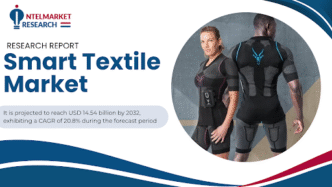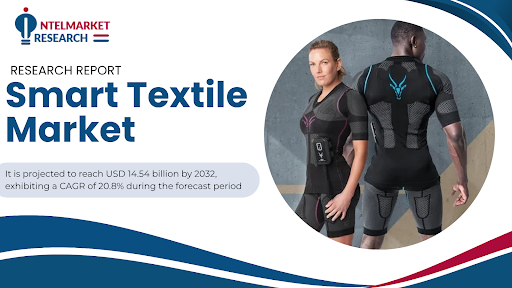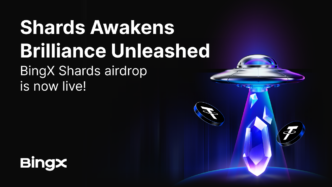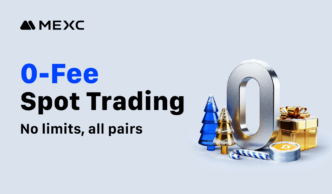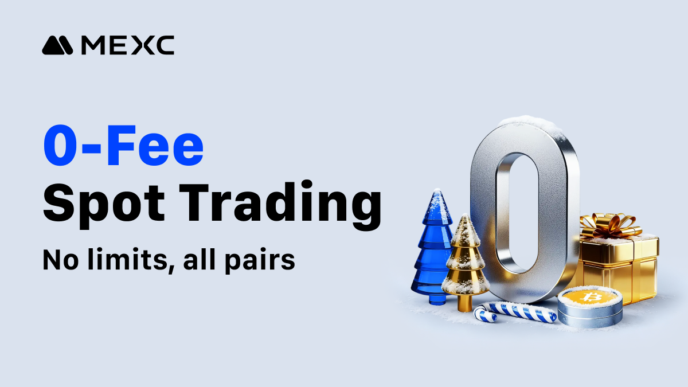Smart textiles, also known as smart fabrics or e-textiles, are advanced materials that can sense and respond to environmental stimuli such as mechanical, thermal, chemical, electrical, or magnetic signals. Unlike conventional textiles, smart textiles integrate technologies like sensors, actuators, and microcontrollers, enabling functionalities that extend beyond traditional clothing.
These fabrics can be categorized into three primary types:
- Passive Smart Textiles: These textiles can sense environmental changes but do not actively react. They serve as foundational smart fabrics and are widely used due to their simplicity and reliability.
- Active Smart Textiles: These fabrics respond to stimuli, such as changing color with temperature or adjusting insulation based on environmental conditions.
- Ultra-Smart Textiles: Incorporating complex microelectronics, these fabrics can sense, respond, and communicate data in real-time.
Smart textiles find extensive applications across healthcare, military, sports, fitness, and industrial sectors, driven by the increasing demand for wearable technologies and integrated monitoring systems. With advancements in the Internet of Things (IoT), nano-technology, and conductive materials, these textiles provide real-time data collection and performance optimization without compromising comfort or flexibility.
For example, in February 2024, Sensoria Inc. launched a line of smart apparel embedded with sensors that collect real-time biomechanical data, reflecting the ongoing innovation in the sector. The combination of advanced materials, connectivity, and miniaturized electronics makes smart textiles a transformative technology within the global textile industry.
Recent Developments in the Smart Textile Market
Recent developments in the smart textile market are largely characterized by significant technological advancements and increased investment. Breakthroughs in e-textile production, such as innovations in seamlessly integrating electronic circuits into fabrics, are working to streamline manufacturing processes and improve the scalability of smart textiles. Furthermore, there’s been substantial funding flowing into the sector, supporting the growth of health-focused wearable technologies that track vital signs. Innovations also include the development of conductive textiles for better connectivity between multiple wearable devices and the creation of materials that can sense movement, which holds immense potential for accurate diagnostics and rehabilitation in healthcare.
Major Distribution Channels for Smart Textiles
The distribution of smart textile products primarily flows through a combination of offline (traditional retail) and online (e-commerce) channels. The offline segment, including brand-specific stores, brick-and-mortar outlets, and specialized physical retailers, currently holds a larger market share. This is attributed to the consumer preference for in-person shopping to physically try on and interact with smart clothing. However, the online channel is experiencing rapid growth due to the convenience, broader product range, and competitive pricing offered by major e-commerce platforms, making it an increasingly significant route for market expansion.
Market Size
Global smart textile market was valued at USD 3.96 billion in 2025 and is projected to reach USD 14.54 billion by 2032, exhibiting a CAGR of 20.8% during the forecast period.
Get FREE Sample of this Report at https://www.intelmarketresearch.com/download-free-sample/16783/smart-textile-market
This remarkable growth is attributed to multiple factors:
- Rising adoption of wearable technologies in healthcare, sports, and fitness.
- Growing demand for continuous health monitoring solutions integrated into clothing.
- Advancements in IoT and sensor technology, enabling smarter and more responsive textile products.
- Military and defense applications, where soldier safety, performance monitoring, and situational awareness are critical.
- Declining costs of electronic components, making integrated smart textiles more feasible for broader markets.
- Research and development investments by leading market players to enhance textile performance, durability, and functionality.
Historically, the market grew modestly due to high production costs and technical challenges associated with integrating electronics into fabrics. However, innovations in embedded electronics, conductive yarns, phase-change materials, and shape memory polymers are accelerating adoption.
Drivers:
- Rising Health and Fitness Awareness: The global focus on health and wellness, coupled with increasing rates of chronic diseases, drives demand for garments capable of continuous biometric monitoring.
- Technological Advancements: Nano-technology and conductive materials allow seamless integration of sensors without compromising comfort or durability.
Challenges:
- High Production Costs and Limited Scalability: Smart textiles are 40-60% costlier than traditional textiles due to precision engineering requirements.
- Technical Complexity in Mass Production: Integrating textile engineering with electronics manufacturing demands specialized expertise that remains scarce.
Restraints:
- High Product Pricing: Premium pricing, often 3-5 times higher than conventional textiles, limits adoption in price-sensitive markets.
Opportunities:
- Healthcare and Remote Monitoring: Smart textiles present a $12 billion opportunity by 2028 by enabling non-invasive, continuous patient monitoring.
Regional Analysis
The global smart textile market exhibits varying growth patterns across regions, driven by healthcare infrastructure, technological adoption, military investment, and consumer demand.
- North America:
The region is the largest market due to high healthcare expenditure, widespread adoption of wearable technologies, and significant military procurement. The U.S., in particular, leads in R&D investments and commercialization of smart textiles for both consumer and defense applications. - Europe:
Europe demonstrates strong growth potential, especially in healthcare and sportswear applications. Countries like Germany, France, and the U.K. are investing in smart textile research, particularly in medical monitoring, rehabilitation, and energy-harvesting textiles. - Asia-Pacific:
Asia-Pacific is emerging as a high-growth market due to industrialization, rising disposable income, and expanding military modernization programs. Nations like China, Japan, and South Korea are adopting smart textile technologies for healthcare monitoring, athletic performance, and protective workwear. - Middle East & Africa:
While smaller in market size, the region benefits from government-driven military initiatives and niche healthcare applications. Smart textiles are increasingly used in protective gear for defense personnel. - Latin America:
Growth is constrained by lower disposable incomes and limited access to advanced technology. However, niche applications in sports and healthcare are gradually increasing adoption rates.
Overall, developed economies dominate the market, but emerging regions are expected to witness faster adoption due to rising health awareness and technology penetration.
Global Smart Textile: Market Segmentation Analysis
This report provides a deep insight into the global smart textile market, covering all its essential aspects. This ranges from a macro overview of the market to micro details of the market size, competitive landscape, development trend, niche market, key market drivers and challenges, SWOT analysis, value chain analysis, etc.
The analysis helps the reader to shape the competition within the industries and strategies for the competitive environment to enhance the potential profit. Furthermore, it provides a simple framework for evaluating and assessing the position of the business organization. The report structure also focuses on the competitive landscape of the Global Smart Textile Market. This report introduces in detail the market share, market performance, product situation, operation situation, etc., of the main players, which helps the readers in the industry to identify the main competitors and deeply understand the competition pattern of the market.
In a word, this report is a must-read for industry players, investors, researchers, consultants, business strategists, and all those who have any kind of stake or are planning to foray into the Smart Textile Market in any manner.
Market Segmentation (by Application)
- Military Uses: Leading application segment, driven by government investments in uniforms with integrated health monitoring, GPS, and environmental sensing.
- Civil Uses: Includes consumer clothing for fitness tracking and smart casual wear.
- Healthcare Uses: Focuses on remote patient monitoring, rehabilitation, and biometric data collection.
- Others: Industrial, safety, and niche applications.
Market Segmentation (by Type)
- Passive Smart Textile: Can sense environmental stimuli but lacks active response mechanisms. Widely adopted in sportswear and basic protective gear.
- Active Smart Textile: Responds to environmental changes, such as adjusting thermal insulation or emitting signals.
- Ultra-Smart Textile: Incorporates complex electronics for sensing, monitoring, and communication.
Key Company
- Textronics
- Peratech
- DuPont
- Clothing+
- Outlast
- d3o lab
- Schoeller
- Texas Instruments
- Exo2
- Vista Medical
- Ohmatex ApS
Get the Complete Report & TOC at https://www.intelmarketresearch.com/chemicals-and-materials/16783/smart-textile-market
FAQ Section
- What is the current market size of the Smart Textile Market?
The global smart textile market was valued at USD 3.96 billion in 2025 and is projected to reach USD 14.54 billion by 2032, growing at a CAGR of 20.8%. - Which are the key companies operating in the Smart Textile Market?
Key companies include:
- Textronics
- Peratech
- DuPont
- Clothing+
- Outlast
- d3o lab
- Schoeller
- Texas Instruments
- Exo2
- Vista Medical
- Ohmatex ApS
- What are the key growth drivers in the Smart Textile Market?
- Rising health and fitness awareness.
- Technological advancements in textile manufacturing and IoT integration.
- Military and defense applications.
- Healthcare and remote monitoring solutions.
- Which regions dominate the Smart Textile Market?
North America currently dominates, followed by Europe, with high adoption in healthcare, military, and consumer wearables. Asia-Pacific is emerging as a high-growth region. - What are the emerging trends in the Smart Textile Market?
- Integration of IoT-enabled sensors and wearable devices.
- Development of energy-harvesting textiles and thermoregulating fabrics.
- Advanced military gear and protective clothing.
- Continuous healthcare monitoring through non-invasive smart garments.
About Us
Intel Market Research is a leading provider of strategic intelligence, offering actionable insights in information technology, digital media solutions, and communication infrastructure. Our research capabilities include:
- Real-time competitive benchmarking
- Global technology adoption monitoring
- Country-specific regulatory and market analysis
- Over 500+ technology reports annually
Trusted by Fortune 500 companies, our insights empower decision-makers to drive innovation with confidence.
🌐 Website: https://www.intelmarketresearch.com
📞 International: +1 (332) 2424 294
📞 Asia-Pacific: +91 9169164321
🔗 LinkedIn: Follow Us

